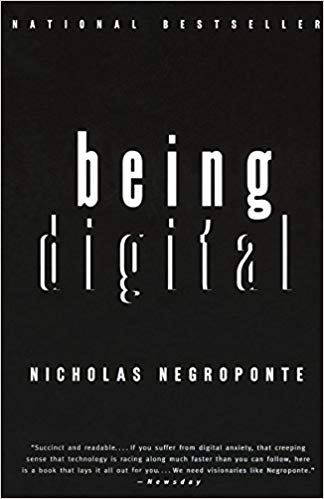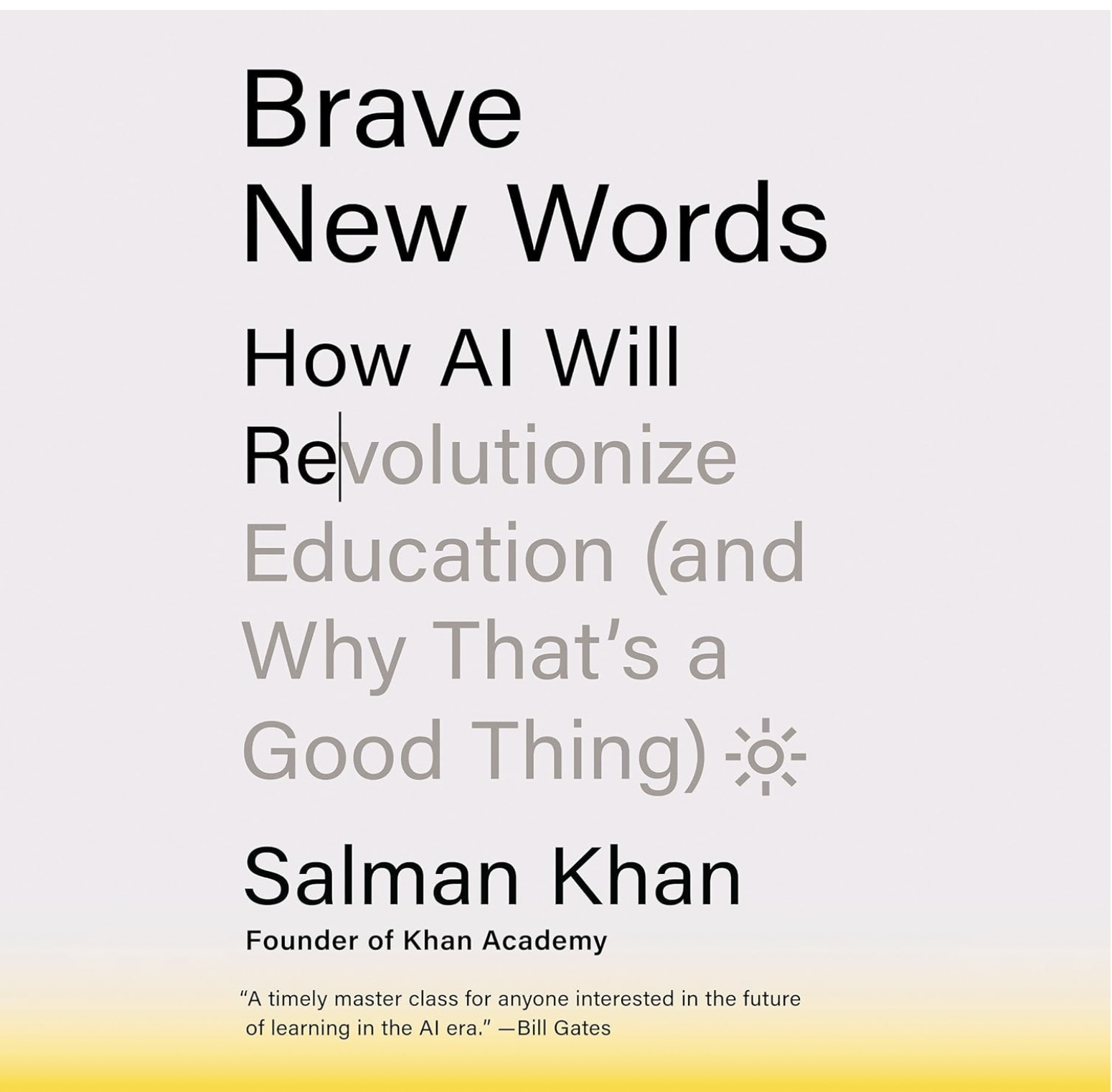Adopt Health and Wellness Strategies for a Happier You
Living in the hustle and bustle of daily life can often leave you feeling drained and unproductive. We often forget to take care of ourselves to keep up with the demands of our lives. This is especially true when it comes to health, both physical and mental. That’s why it’s important to adopt health and wellness strategies that will help you lead a happier life. Today, Dr. Doug Green shares some tips that can help you get started.
Get Sufficient Sleep
Remember that getting enough sleep is essential for both your physical and mental health. Try to get at least seven to eight hours of sleep each night so that you are well-rested for the day
ahead. Additionally, establishing a consistent bedtime routine can help make sure you get good
quality sleep each night. If you find yourself waking up a lot, look into soft, lightweight sheets
made of sustainable materials.
Tidy Up and Rearrange Your Home
Keeping your home tidy, clean, and organized is an important part of maintaining a healthy lifestyle. Rearranging your living space and taking the time to declutter can be beneficial in
improving your mental and physical well-being. A well-organized home can help to reduce
stress levels, boost productivity, and improve the overall quality of life.
Organize Your Medical Records
Keeping your medical files and documents organized is crucial for efficient healthcare
management, especially when you need to share these files with doctors. PDFs are often the
preferred format for sharing documents due to their wide compatibility and secure nature. If you find yourself needing to adjust the file to landscape or portrait to ensure readability, utilizing an online tool to rotate PDF files can be incredibly helpful. After you've rotated the pages to achieve the desired alignment, you can download and share your PDF with healthcare providers. This simple step ensures that your documents are presented in the most accessible
and professional manner, facilitating better communication and care.
Improve Your Diet For Better Health
Eating a balanced and nutritious diet is an important part of living a healthy lifestyle. Making intentional food choices can help you to make the most out of your time and energy. Focusing
on fresh, whole foods like fruits, vegetables, lean proteins, whole grains, and healthy fats can
give you the energy your body needs to stay active and energized. Consider renovating your
kitchen so it's easier to prepare healthy meals. Before reaching out to contractors for quotes,
determine what you can afford and are willing to pay. Make sure to prioritize functionality and
accessibility when planning a renovation. This can include making sure outlets are in the right
places and that cabinets and counters will work alongside your appliances.
Walk More Daily
Taking regular walks has a wealth of health benefits. For starters, walking can help to reduce
stress, increase your energy levels, and improve your overall well-being. Just 20 minutes of
walking each day can do wonders for both body and mind. Incorporating this simple activity into your daily routine can have a lasting positive impact on your mood and physical health. Find ways to get in your walking exercise if you are stretched for time. Even if you are working a lot, you can still get in physical activity by taking the stairs instead of the elevator and going for a walk during your lunch break.
Improve Your Posture
Another way to improve your confidence and your health at the same time is by improving your
posture. Improving your posture can boost your height by optimizing the alignment of your spine and body. When you stand or sit with correct posture – keeping your shoulders back, spine straight, and head aligned with your body – it allows your vertebrae to stack properly, reducing the compression on spinal discs. This alignment can maximize your natural height potential and prevent conditions like spinal curvature, which may cause a slight loss in height over time.
Additionally, good posture contributes to better skeletal health and muscle flexibility, which can
further support your overall stature.
Care for Your Physical and Mental Health
Health and wellness strategies can help bring joy and balance to your life. Taking the time to
nourish your body with proper nutrition, getting adequate sleep, and getting in regular exercise
are essential for a happy and fulfilled lifestyle. Incorporating these strategies into your routine
will help you lead a healthier and more balanced life.
Emily Graham
Emily is the creator of MightyMoms.net. She believes being a mom is one of the hardest jobs around and wanted to create a support system for moms from all walks of life. On her site, she offers a wide range of info tailored for busy moms — from how to reduce stress to creative ways to spend time together as a family. You can email her at emilygraham@mightymoms.net. She lives in Arizona.
Dr. Doug Green is here to support administrators, teachers, and parents. Feel free to
email doug@drdouggreen.com.
















